

| CANVAS OF PLANS & DRAWINGS |
INTERIOR & DÉCOR, but with a twist |
| HOTELS & RESTAURANTS, beyond mainstream |
Notes on ART |
| Into big AFFAIRS | INSIDERS |
| GLIMPSES | |
Keywords:

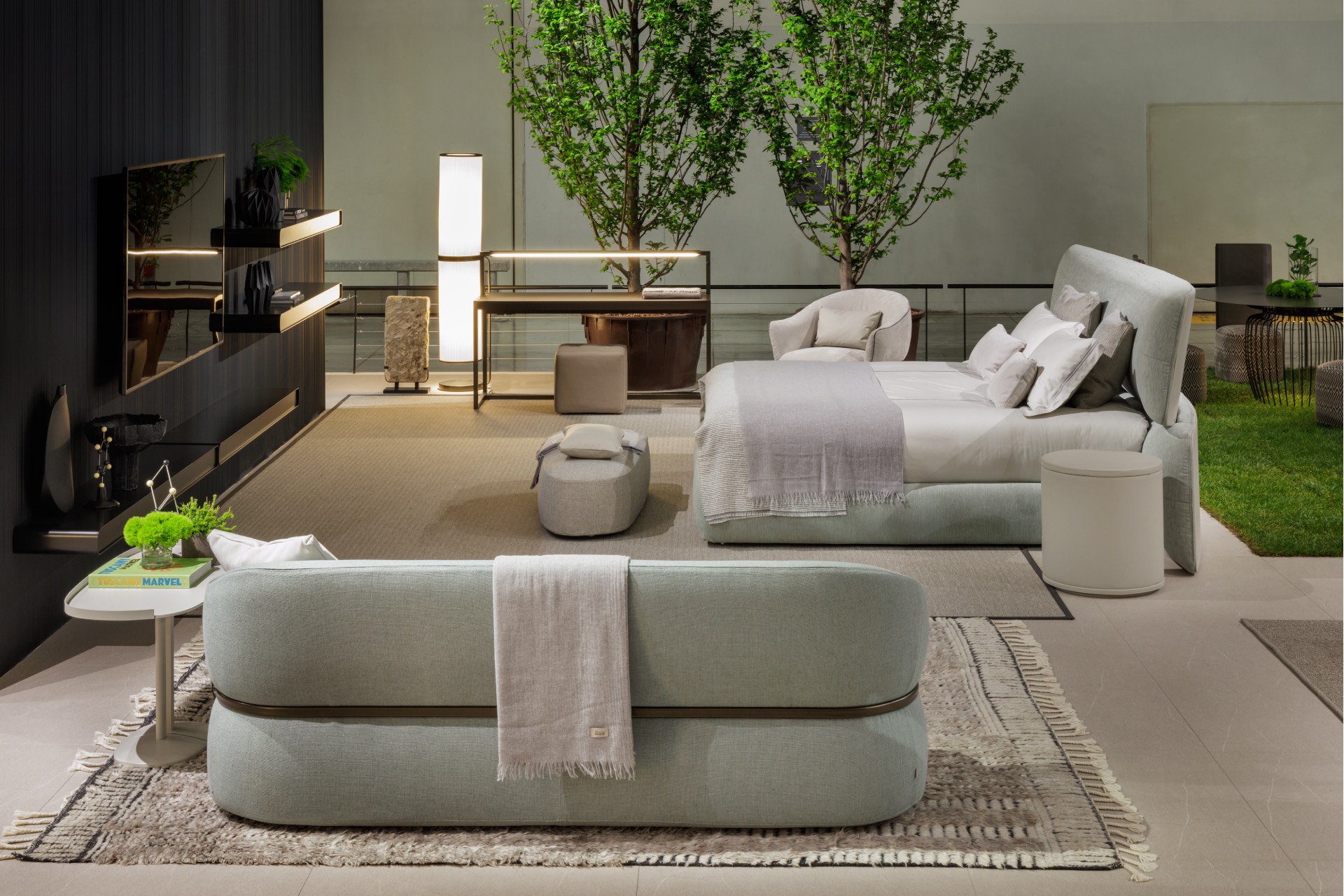
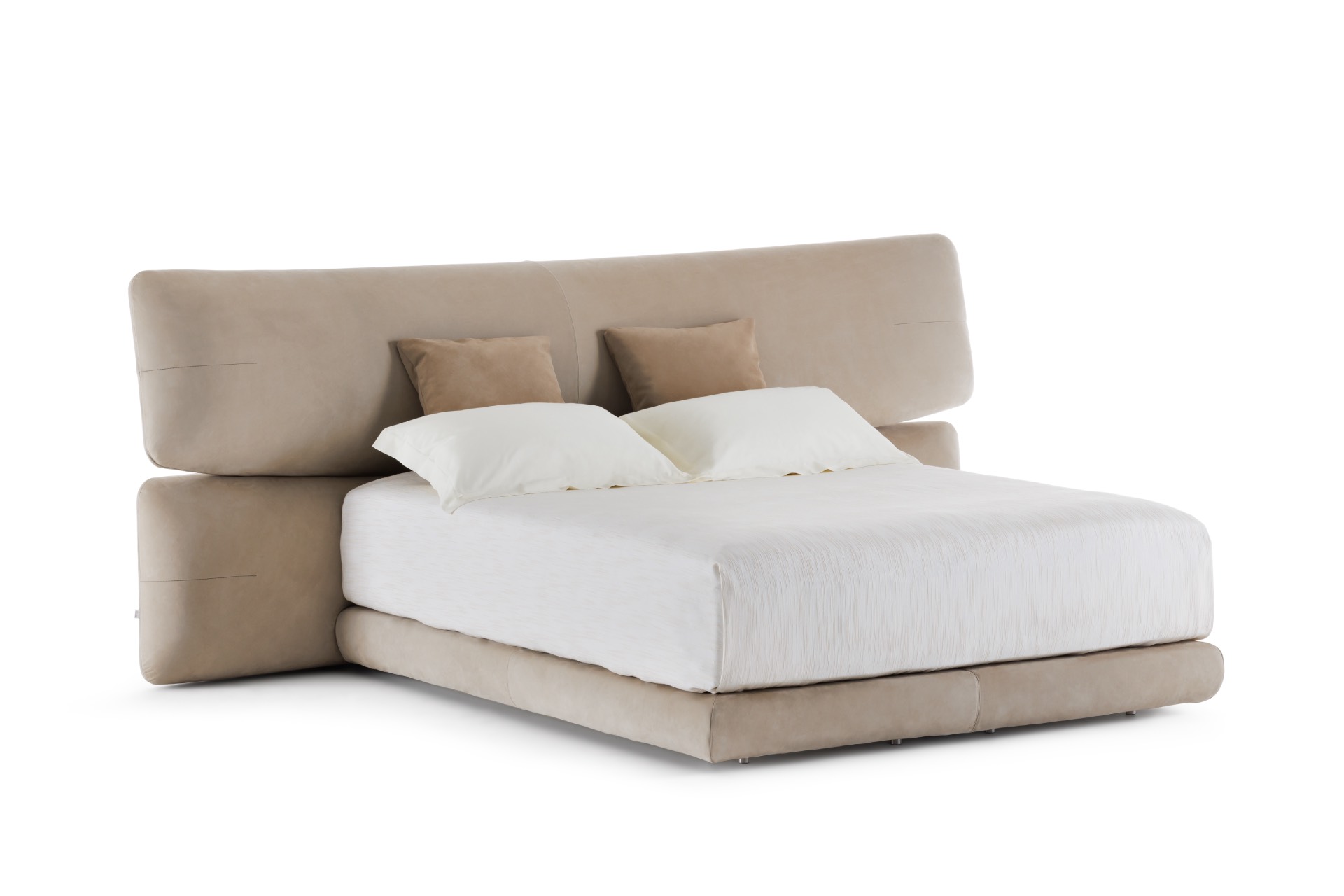
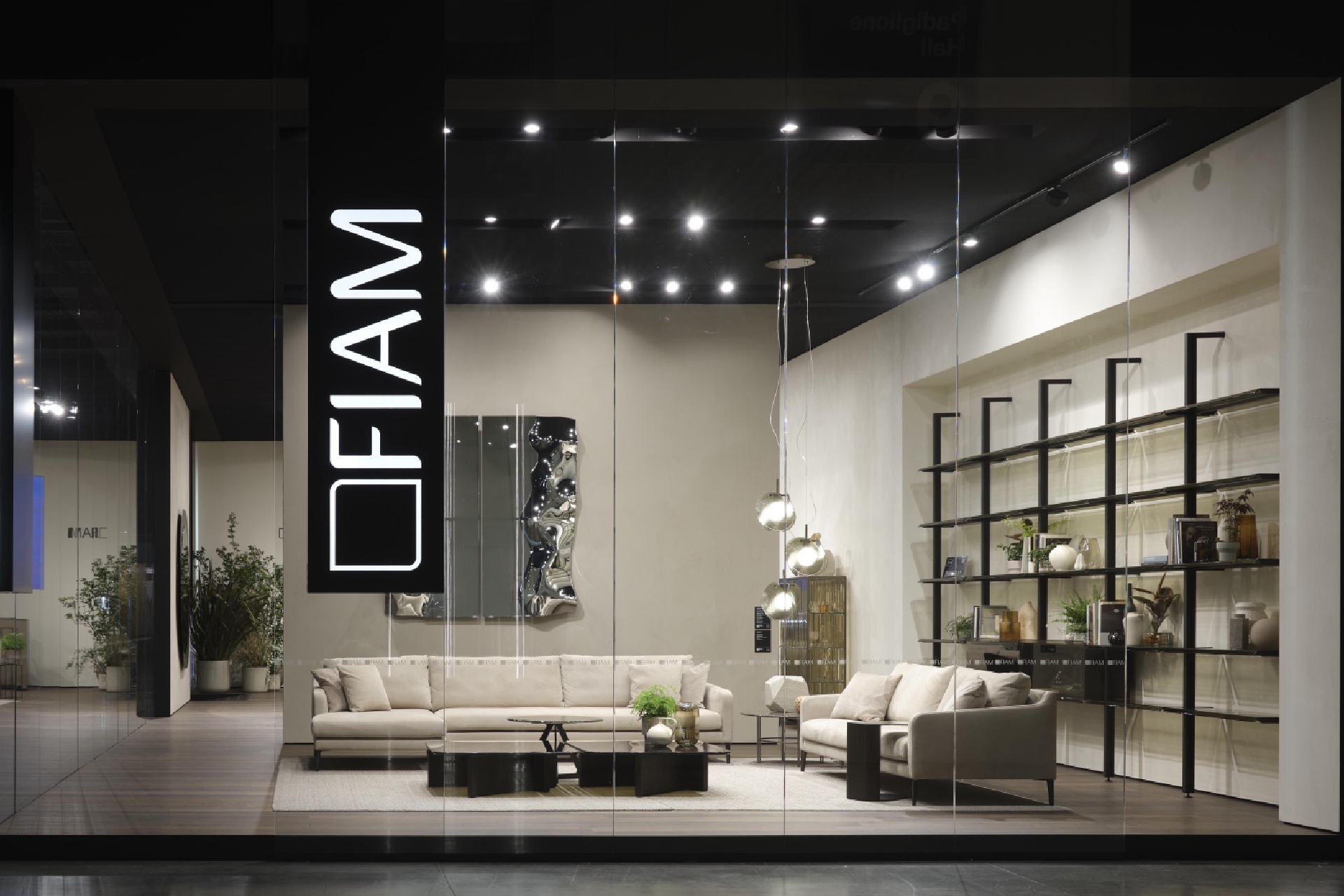
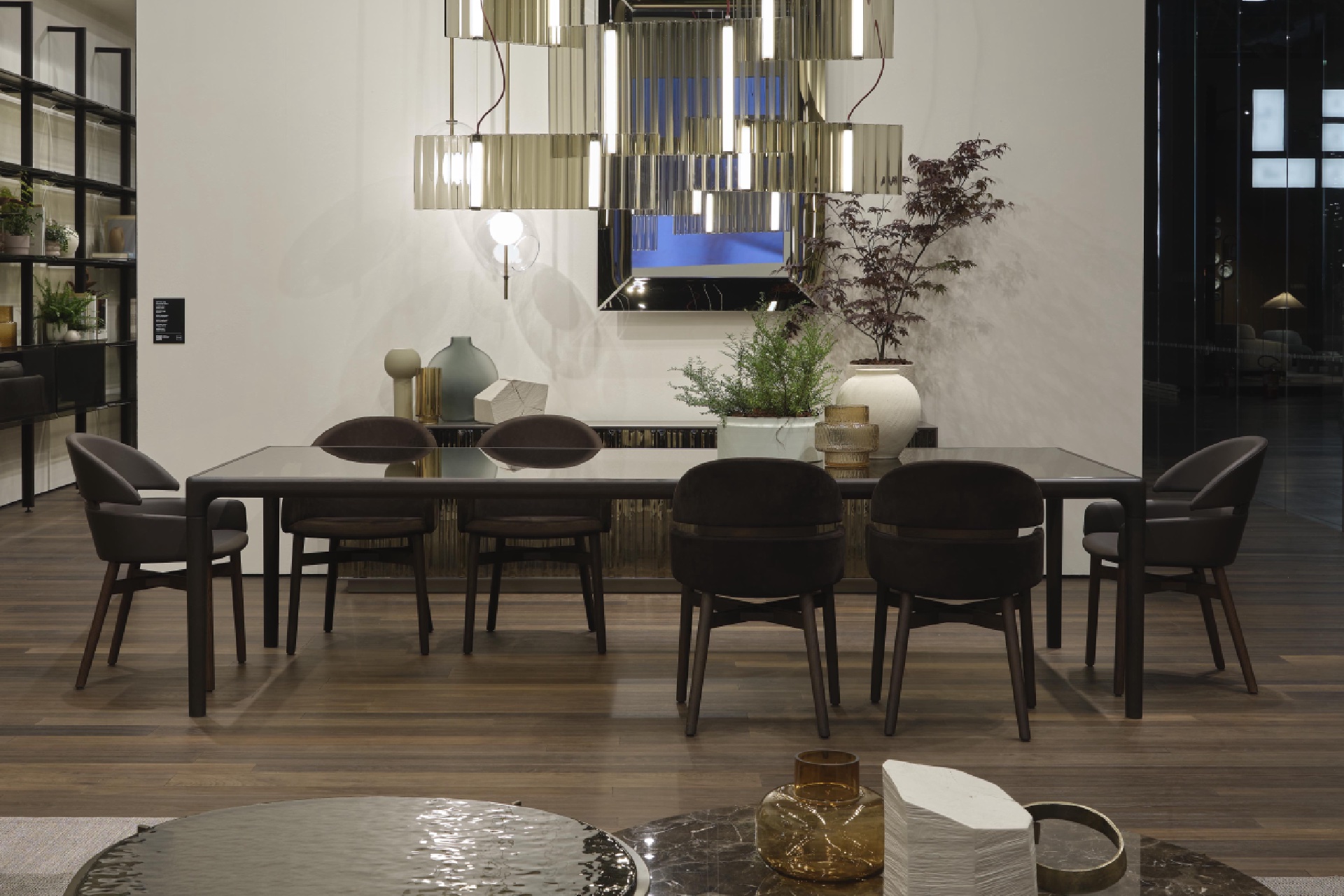
As regards the intangible, we discussed such a complex definition with Fiam as well: “The intangible value is already inherent and implied in the material of our products, that is glass. We, almost the opposite, have reworked it to make it tangible, to go beyond its transparency. Then, the intangible is also the set of values of the company, which are found within its products. The primary, for us, is historicity. We were the first company in the world to make furniture in curved glass, and from this starting point, we have reached levels of processing and quality where the contribution of fifty years of experience can be felt entirely. Therefore, we can say that the two levels overlap: on the one hand, the company’s history, which is also that of each individual production, and on the other hand, the product, where you can see firsthand what’s behind it and, in future perspective, what lies ahead”. Regarding the direction that design is taking in contemporary narrative, Fiam cites comfort: “Today, every company aims to create its own comfort proposal. And we are not just talking about a superficial level of the term, but at three hundred and sixty degrees, and therefore at a visual, olfactory, and sensorial level. From lights to colors, up to materials, where today’s imperative is naturalness, the home must not only be livable, but also comfortable”.
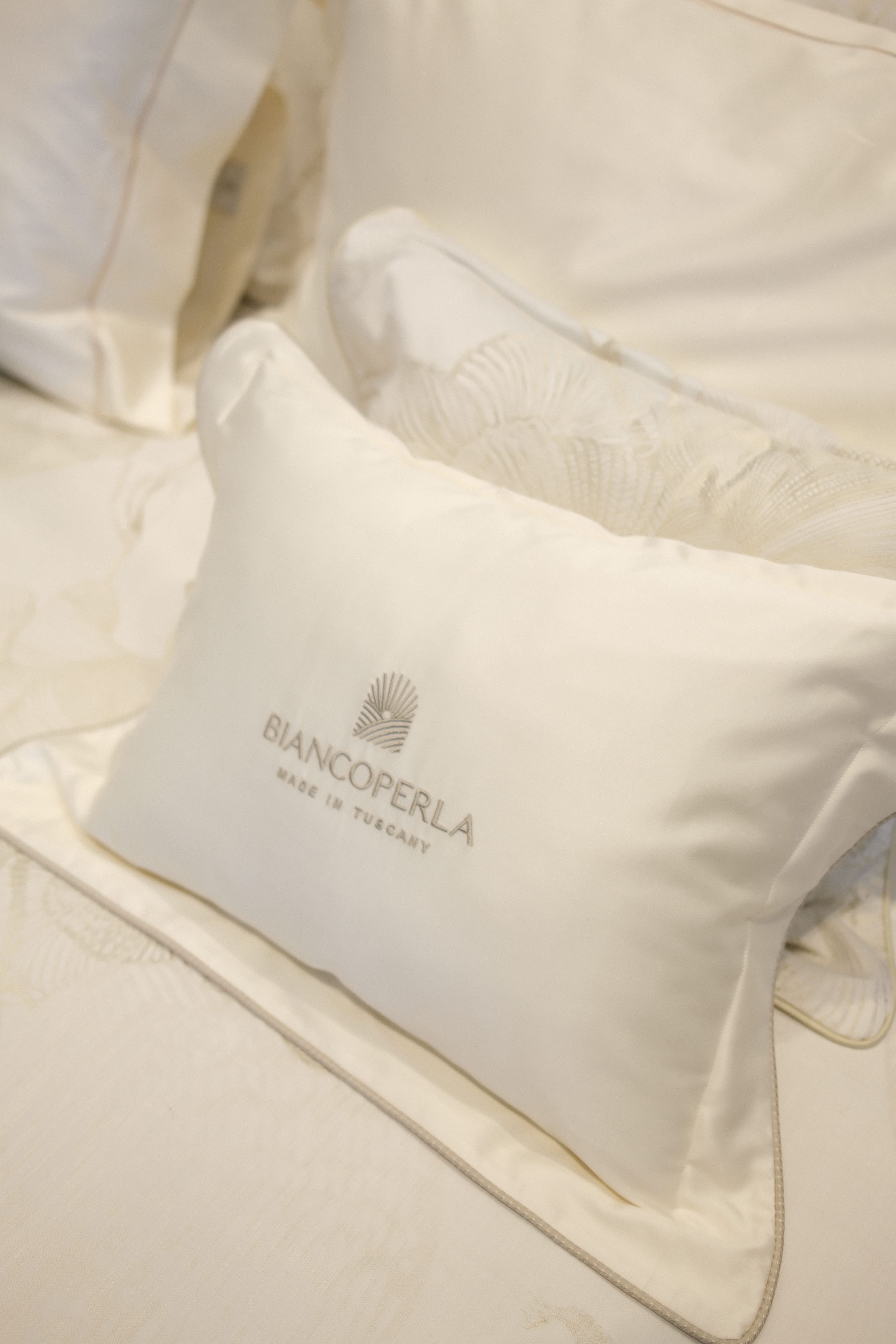
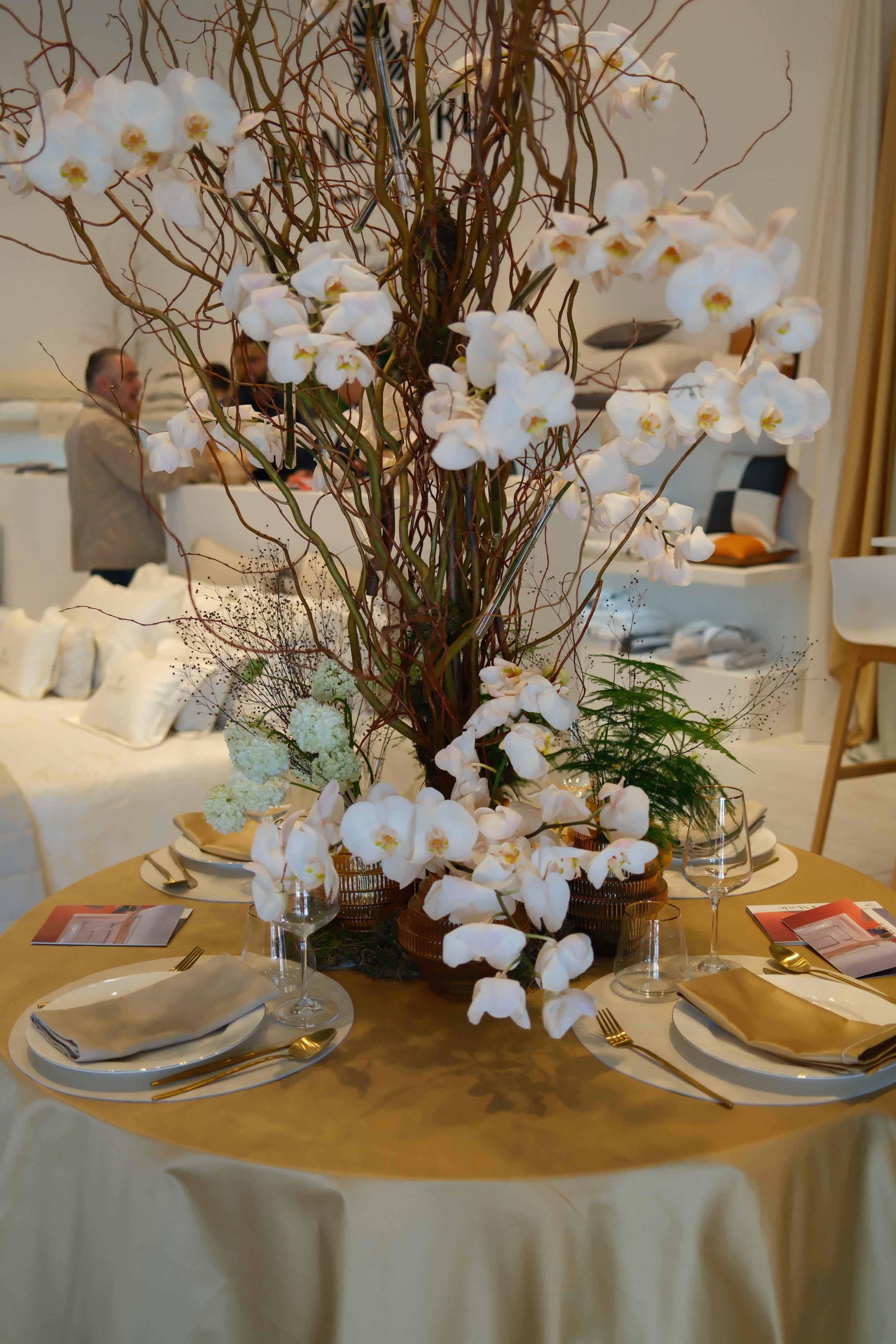
And where is design heading for Biancoperla? “Upwards” is the answer. If in the past the focus was more on the quality-price ratio, today, putting aside the idea of compromise, the prevailing desire intercepted by Biancoperla is for beautiful, quality, luxurious, and personalized items, to be placed in the niche of five-star Hôtellerie and yachts. If intangible and project culture are the keywords that the Salone has given itself, Biancoperla has some to add: “Belonging to the Tuscan territory – from which we come – Made in Italy, and flexibility regarding customer requests. Customization, personalized detail, and embroidery with logos or initials truly make the difference between the average and the high-end toward which design is going”.
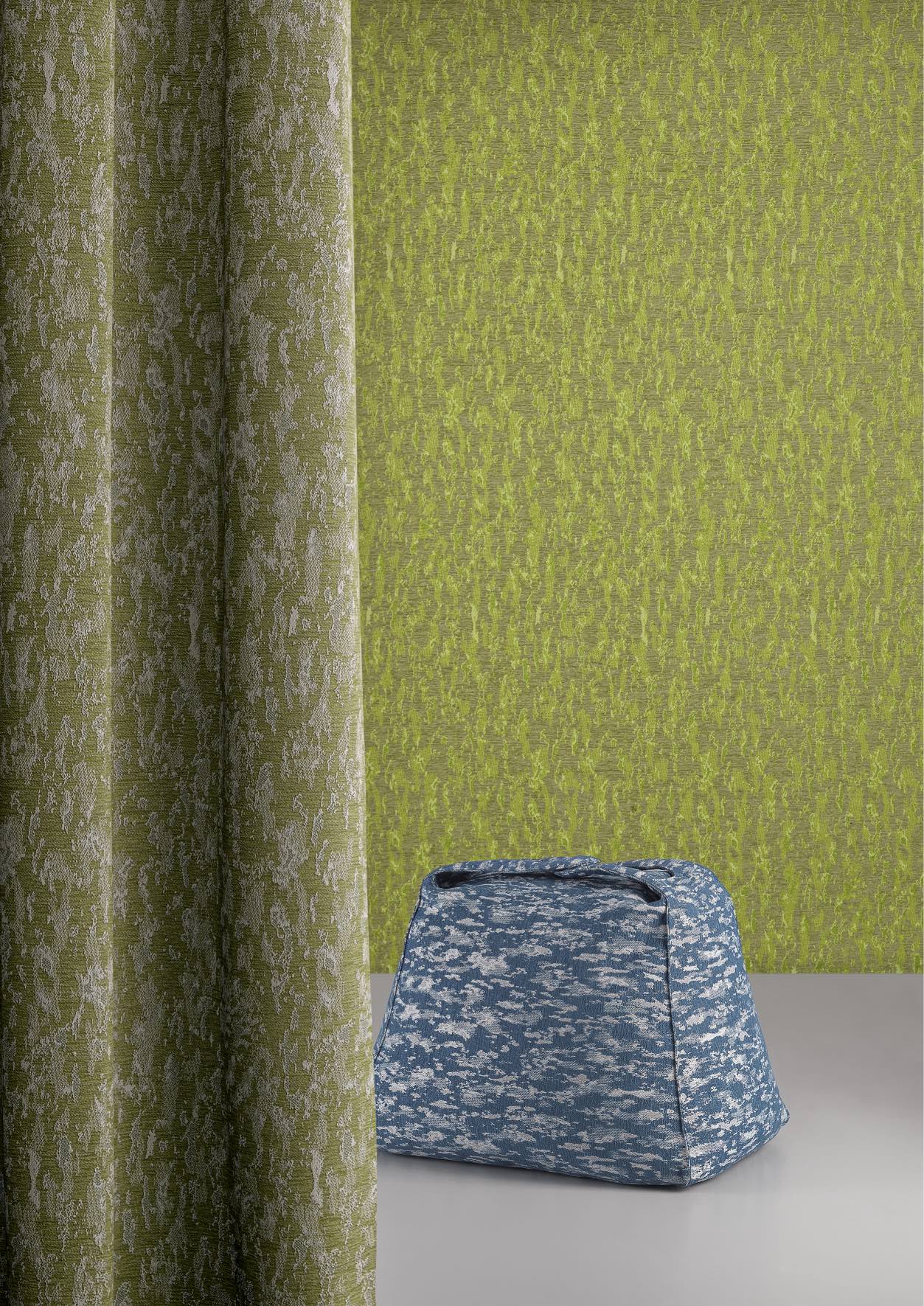
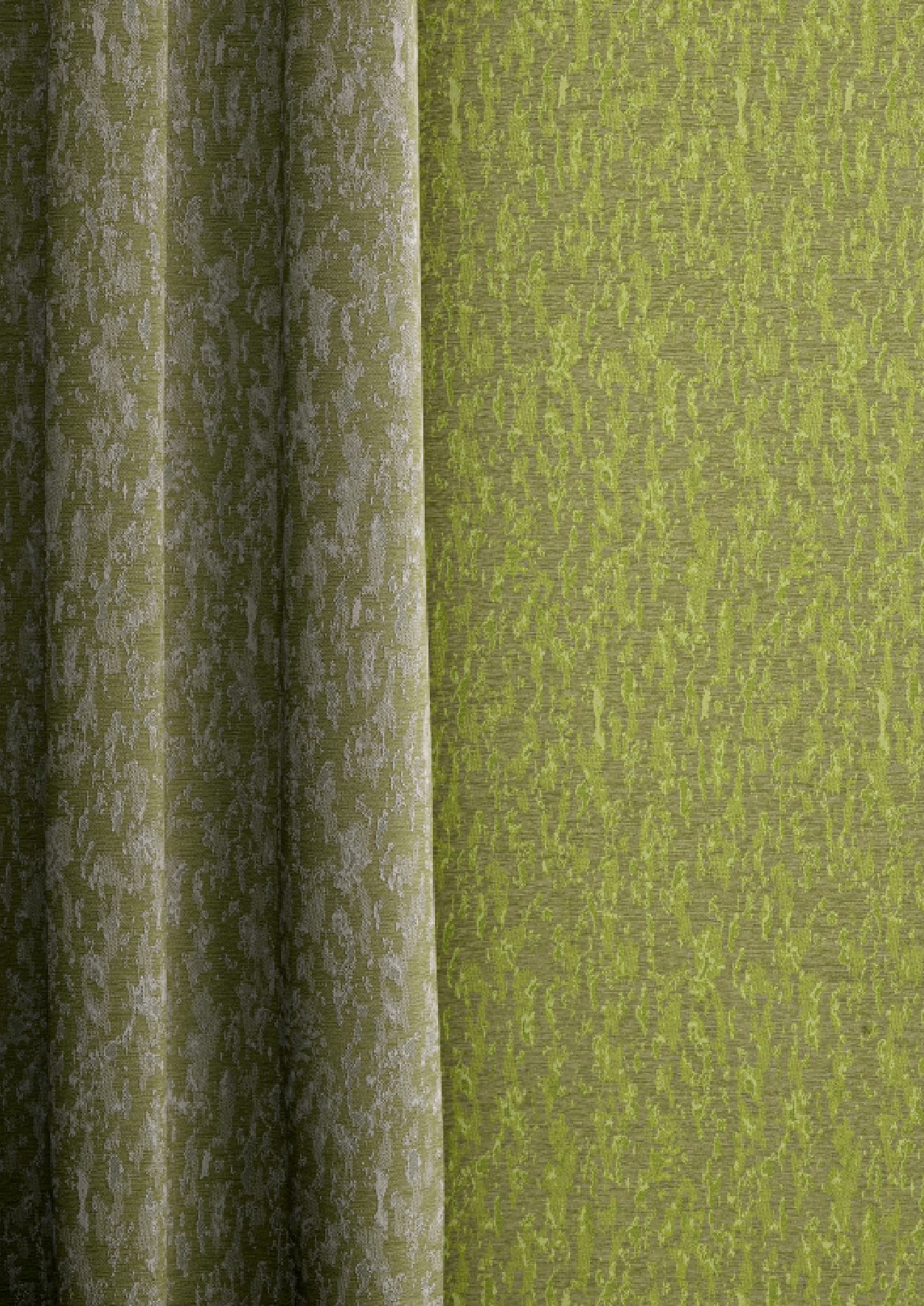
“At the 2024 Salone del Mobile, let’s meet at Piazza Caimi”. This is the title of Caimi’s comprehensive project, which, within the Milanese stage of furnishing, has recreated, literally, an exhibition square, with as many workshops as the product types offered, spanning a seventy-five-year history. Running like a connecting thread throughout this temporal arc, we find the theme of a ‘beautiful functionality’, designed to satisfy and ideally anticipate people's needs: “From the schiscetta, the typical Milanese container where workers kept their meals warm, to pots with internal colanders, to conserve cooking water in times when saving was essential for living, to the more recent Snowsound line, composed of fabrics, lamps, panels, dividers, and high-tech sound-absorbing furniture objects, Caimi’s intangible thought has always been to create functional objects that improve people’s lives. Functionality, people’s well-being, patents, technology, research, are always there”.
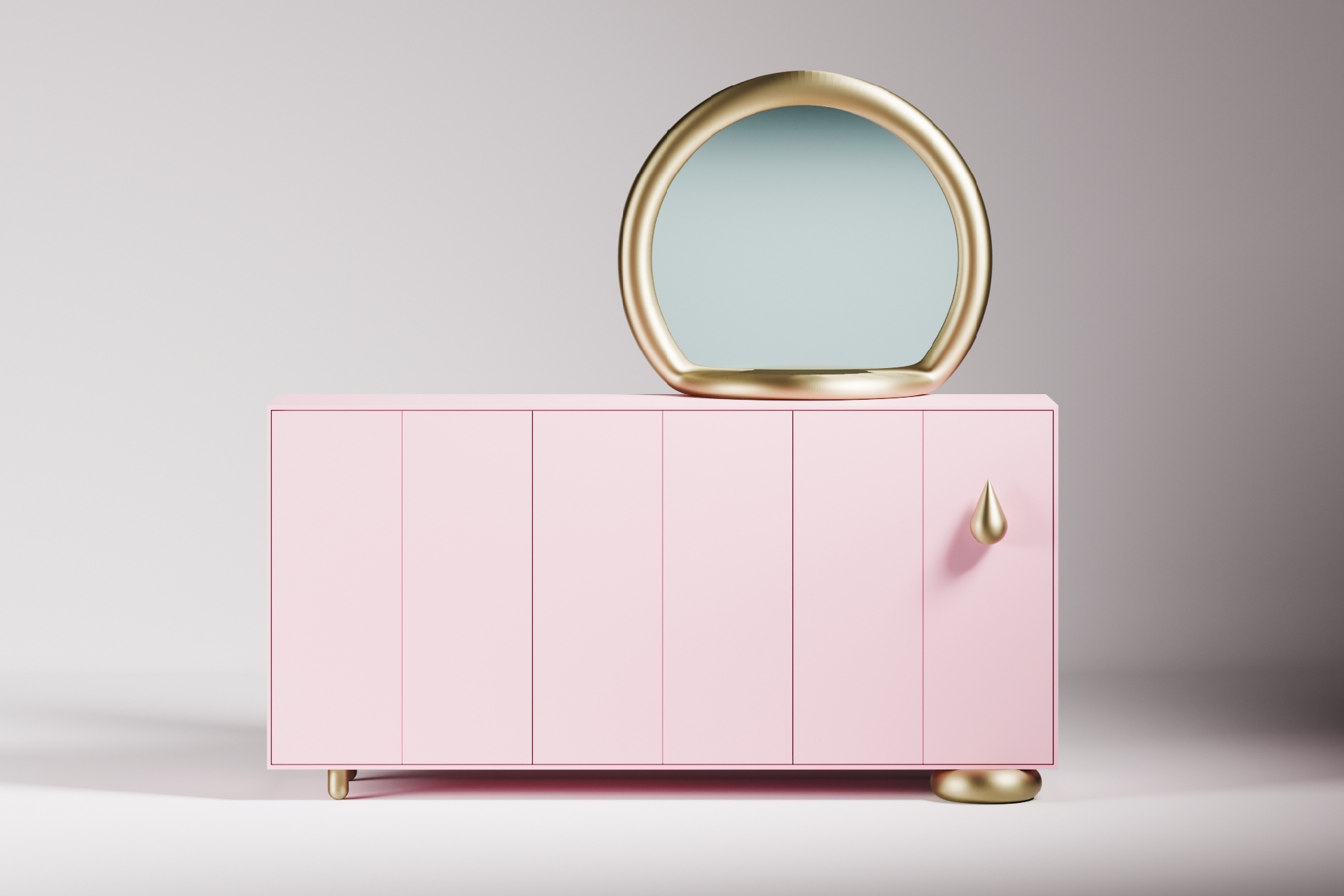
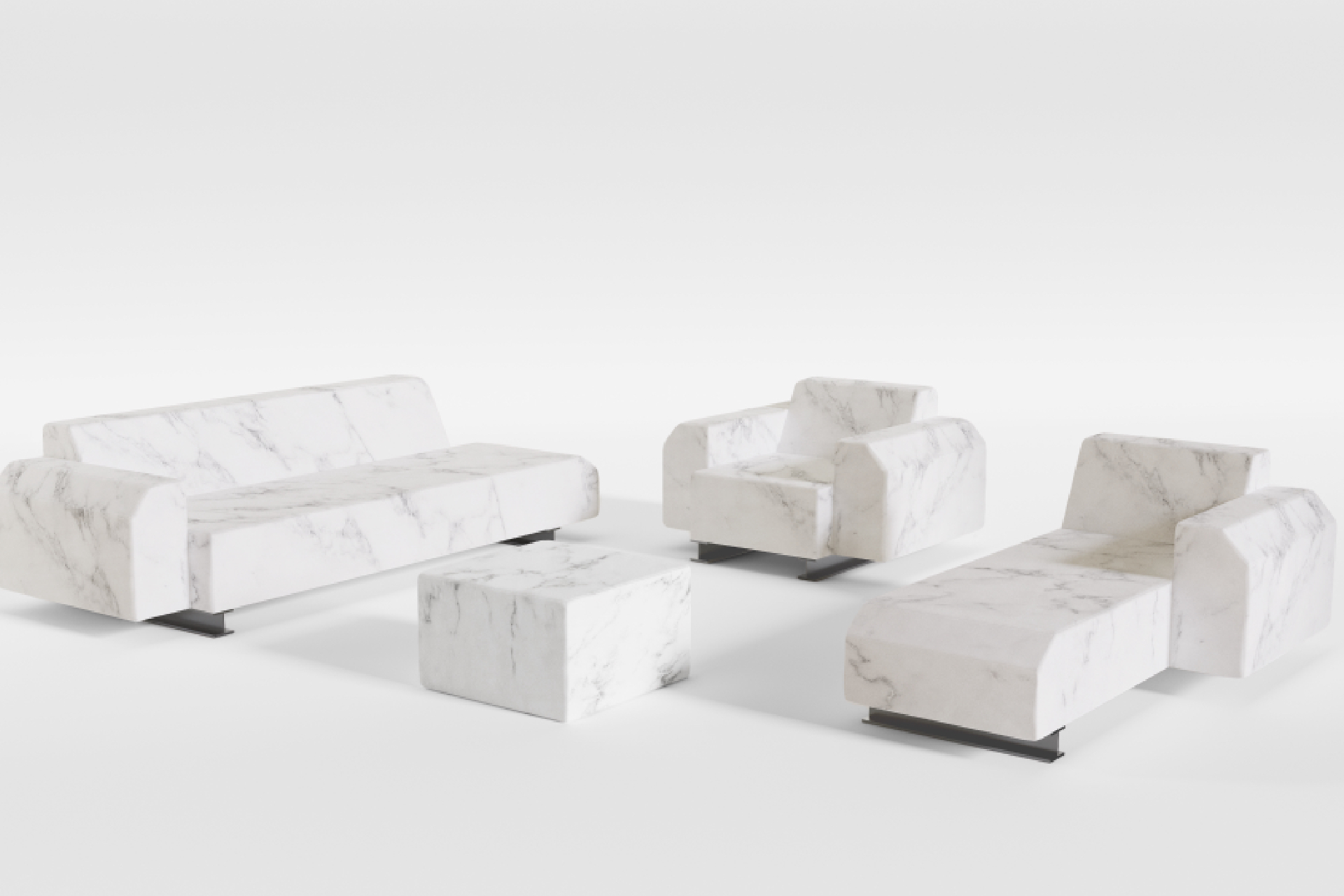
From Caimi’s exhibition square to Driade’s loggia of the Caryatids, the Salone del Mobile experience takes us to Ancient Greece. Driade’s keyword in 2024 is femininity: it is found in the very roots of the company, founded in 1968 by Enrico Astori, Antonia Astori, and Adelaide Acerbi. The two figures of women, so fundamental in Driade’s history, are reflected in the Venuses supporting the entrance portal of the exhibition space, or rather, ‘Aesthetic Laboratory’. On the other hand, as Driade’s Artistic Director Fabio Novembre recalls, the dryads were woodland nymphs, embodiments of strength and vegetative abundance, triumphs of Canovian classicism. Then, there’s also the soft pink of the drapes, another reflection of femininity and contemporary classicism, transparently enveloping Driade’s design novelties. Among these, the Marble sofa stands out: “Designed by Fabio Novembre, it is a game of perception. At first glance, it looks like marble, both in color and shape, but the seating is that of an extremely soft sofa, with removable fabric, and therefore highly functional. The theme of classicism also recurs in the Peplum rug, two-dimensional to the touch, three-dimensional in visual perception, reminiscent of Venus’s peplos”. Further novelties include the Freeze Me sideboard by Nika Zupanc, where the theme of melting, already present in the previous Freeze Me collection, is revisited and declined in a new form.
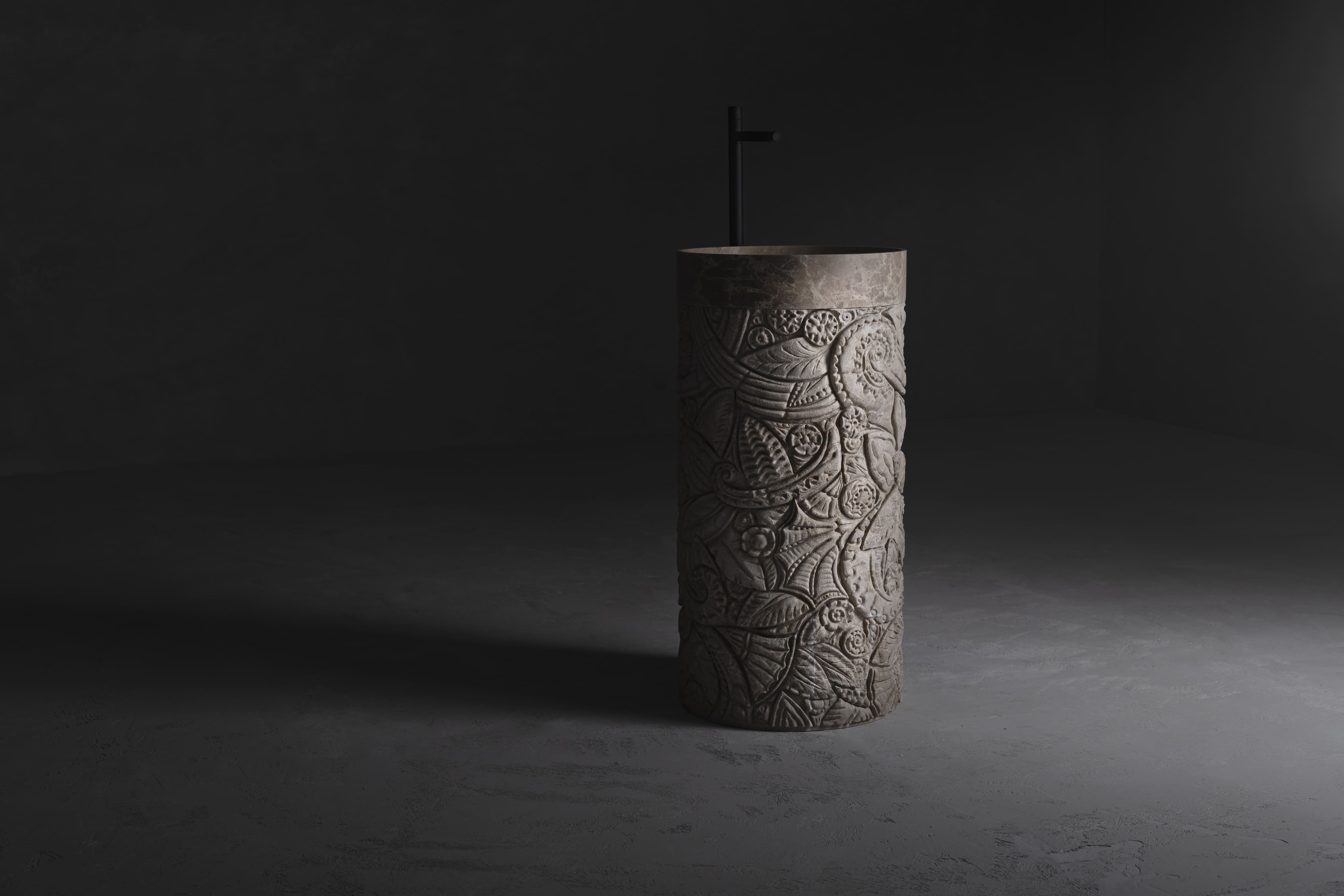
Our material experience at the Salone concludes with Kreoo, where marble processing is the thematic focus and productive heart. Among the pieces of the new collection iimmediately stands out Mercy: designed by Christophe Pillet, it is a cylindrical freestanding sink, carved from a single block of marble, in whose texture, achieved with hand-finished chiselling, classical culture resonates. Curls, elegant fan shapes, leaves, and flowers follow one another on surfaces, a perfect synthesis of Kreoo’s know-how in marble processing. In addition to uniqueness, such as that of Breccia Medicea, a very rare and difficult-to-work marble, and yet skilfully employed in Kreoo’s shower tray proposal, here we also find a new declination of ‘rural’. Ancestral products, such as the classic wooden tub, the carpenter's table, or candelabras, are reinterpreted and ennobled in the use of marble and in a subtle and soft aesthetic. Thus, if we were to investigate Kreoo’s intangible dimension, what would it be? “On one hand, there is the designer’s will to retell a certain rural memory and transfer it into a world of design, and on the other hand, to present marbles now on the verge of extinction, such as the aforementioned Breccia Medicea, and give them a novel unique voice”.